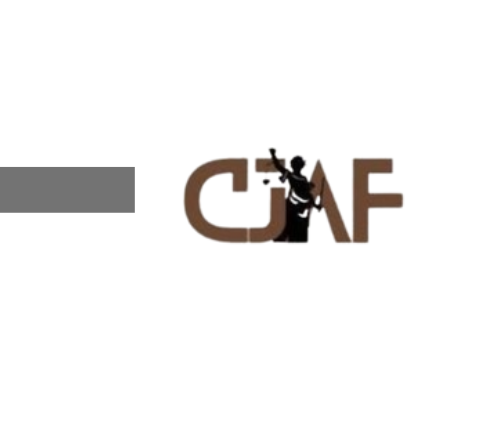Construction Accounting: Full Guide for Contractors 2024
With the installment method, you only record revenue once you’ve received payment from the client. This means that you recognize income in the accounting period when it’s collected, and not at the time of sale. Manual job costing can be very time-intensive, especially when it comes to complex projects. Indirect costs are those which are essential to running your business across projects. Examples include repairs to equipment, insurance, transportation, and software.
Managing Cash Flow
In this in-depth guide, we will explore the key aspects of bookkeeping for construction companies. We will cover everything from setting up a bookkeeping system to managing expenses and revenues, tracking job costs, and complying with industry-specific regulations. This includes the compilation of accurate job costs, effective management of the firm’s working capital, and timely and correct billing. These are some of the circumstances that emerge in the course of construction business and bookkeeping and accounting, which is the subject of this essay. The essay further bolsters with articles covering practical approaches to the management of bookkeeping for construction companies. Construction accounting can be a complex and challenging task for independent contractors and construction businesses of all sizes.
Payroll
This includes operating costs, payroll, overhead, supplies, materials, fuel, taxes, repairs, advertising, insurance, depreciation, and rent. A chart of accounts is an index of financial data used to both categorize and organize all business transactions. In other words, a chart of accounts is simply a list of all accounts within your business. It mainly works by separating and organizing income from expenses; putting all financial information into distinct categories (i.e. accounts). If you’re not the bookkeeping type, you may find bookkeeping tasks mundane and frustrating, but getting it right is extremely important.
Adhering to Construction Industry Accounting Standards
The platform starts with preconstruction details that include a cost catalog, lead management and a section for proposals and contracts. When you’re done with the preconstruction phase, you move into project management, operations and financials segments of the software that work concurrently. The best accounting method depends on your business size, project types, and financial goals. Many construction companies use the percentage-of-completion method for long-term projects, as it provides a more accurate picture of financial performance over time. However, smaller companies or those with shorter projects may prefer the completed contract method for its simplicity. Bookkeeping for construction companies helps you accurately track your income and expenses, so you can easily make adjustments when needed and better manage your projects.
This method is beneficial for ongoing projects that require tracking individual stages of work. It’s helpful when you need to keep an accurate record of your progress and give stakeholders an idea of what to expect in the future. Companies in the construction industry need to think about the future when making plans, especially when it comes to investments in machinery, employees, and new locations. An organization’s future course of action can be better informed with the help of financial data gained via accurate accounting.
- You should keep all three of these journals updated regularly to know how your business is doing, as well as prepare for a potential audit.
- You can invoice clients and make payments directly from the app and monitor the budget to make sure you stay on track.
- Premier is the most comprehensive construction accounting software on our list, earning the best overall.
- Note down all the information from your receipts and invoices in case you ever need it.
- Management should provide oversight to ensure that internal controls are being followed and that any weaknesses are addressed in a timely manner.
- However, bookkeeping for construction companies can be complex and challenging.
- This knowledge is invaluable to management, investors, and stakeholders interested in your business.
Audits are almost always conducted by an external party like a Certified Public Accountant (CPA) firm. For contractors, cost of goods sold (COGS) provides a vital glimpse into the profitability of a project over a specific period of time. Often referred to as “job costs”, COGS is best tracked through construction management software like Knowify. Invoices help ensure that both parties clearly understand what services the contractor has provided, when, and for how much. Contractor invoices provide a written record of any payment disagreements and you can use them in dispute resolution if necessary. Additionally, invoices provide necessary tax information for the client and contractor, allowing them to keep accurate records and file their taxes on time.
Best for Project Drawing Integration
This is best for contractors who want clients to have access to cost data and project management oversight. Each plan offers the basics needed to run your construction business, including scheduling, daily logs and a to-do list. Even though external parties typically conduct audits, staff members play a big role in how smoothly the process goes. Develop training for all teams—not just finance and accounting—that could play a role in an audit.
Companies can control expenses with accurate accounting, which helps them to How Construction Bookkeeping Services Can Streamline Your Projects manage project budgets. Handling sales and use taxes requires vigilance in monitoring tax-exempt purchases and precisely applying taxes to invoices. By doing so, your construction company can avoid tax discrepancies and maintain compliance with tax authorities.
